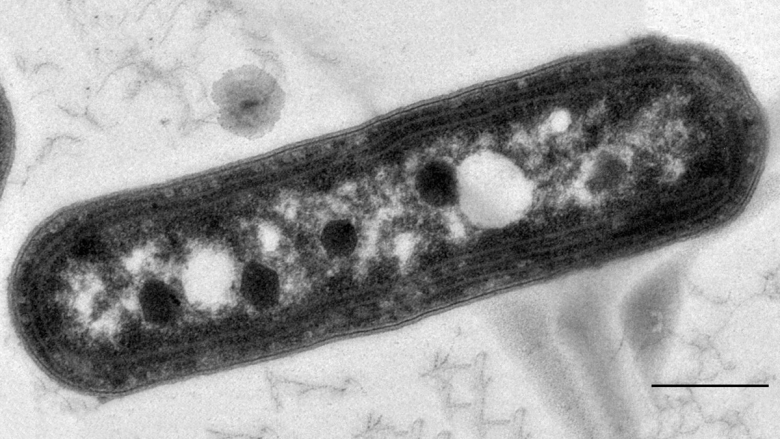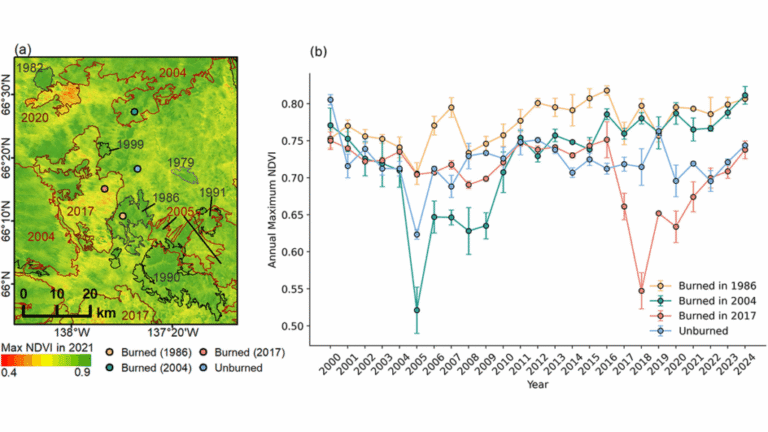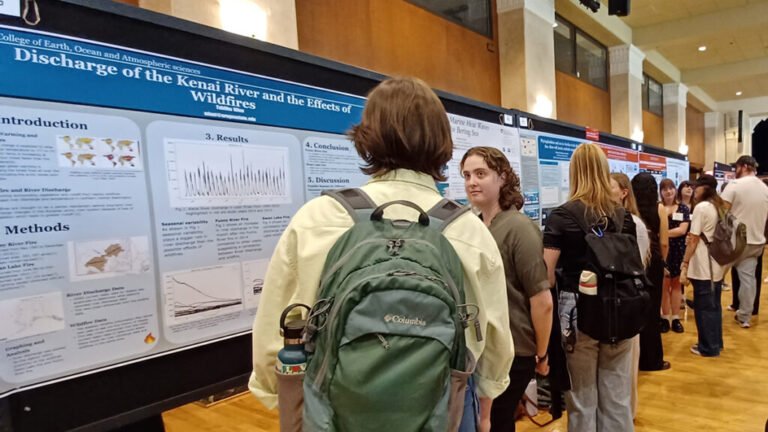

Editors’ Highlights are summaries of recent papers by AGU’s journal editors.
Source: Journal of Geophysical Research: Oceans
The surface waters of warm western boundary currents are poor in nutrients. Therefore, intrusions of these nutrient-depleted water into the region are considered to reduce biological production. Although warm waters of the Kuroshio, one of the western boundary currents, often intrude into the South China Sea through the Luzon Strait, their biogeochemical consequences are not well understood.
Li et al. [2025] use data from 20 cruises conducted in the South China Sea between 2004 and 2015, reveal that the Kuroshio intrusion counterintuitively increases the chlorophyll pigments that are contributed by small phytoplankton called picophytoplankton and nanophytoplankton. Previous studies have pointed out that global warming has weakened the Kuroshio intrusion into the South China Sea. Therefore, this study raises concerns that global warming would cause a decrease in primary production in the future.

Citation: Li, W., Shang, Y., Li, C., Xu, C., Laws, E. A., Liu, X., & Huang, B. (2025). A stronger Kuroshio intrusion leads to higher chlorophyll a concentration in the northern South China Sea. Journal of Geophysical Research: Oceans, 130, e2024JC021389. https://doi.org/10.1029/2024JC021389
—Takeyoshi Nagai, Editor, JGR: Oceans
Text © 2025. The authors. CC BY-NC-ND 3.0
Except where otherwise noted, images are subject to copyright. Any reuse without express permission from the copyright owner is prohibited.


